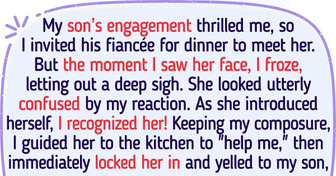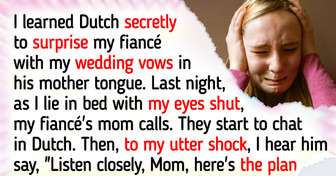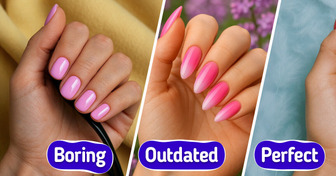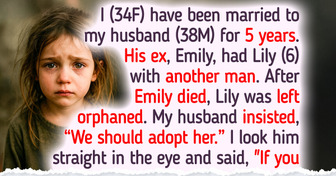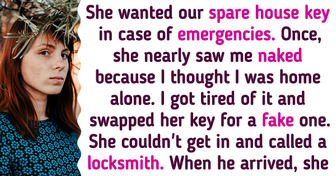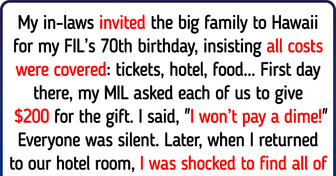I Installed a Secret Camera After My MIL Insisted on Having Our Key

Let’s take a good look at the rainbow. How many colors can you see? I guess most of you will answer “7.” First, we have red and orange. Then, yellow, green, and blue. And to top it off: indigo and violet.
I hate to break it to you, though, but there aren’t actually 7 colors in a rainbow. The correct amount would be: infinite.

Our eyes just can’t perceive all of them, only the 7 main ones. How our brain perceives color is one of the most interesting scientific mysteries. So how about we go deeper into the science behind it all? Rainbows are great examples, but to understand how they happen, we have to talk about the Sun.
Well, we have to talk about light. And wavelengths. Thanks to Isaac Newton, people understood that white light contains all of the wavelengths of the color spectrum. Let some white light pass through a chunk of glass, and you’ll get a rainbow refracted on the other side. (Yeah, very much like that famous Pink Floyd album cover we know and love).
If you want to try something similar at home, here’s what you can do. Grab a glass of water and put a mirror inside. Now, grab a flashlight and point it at the mirror diagonally. The white light from the flashlight will hit the mirror, refract, and disperse into the 7 colors of the rainbow. If you look at the ceiling, you’ll likely see a rainbow that has just formed there!
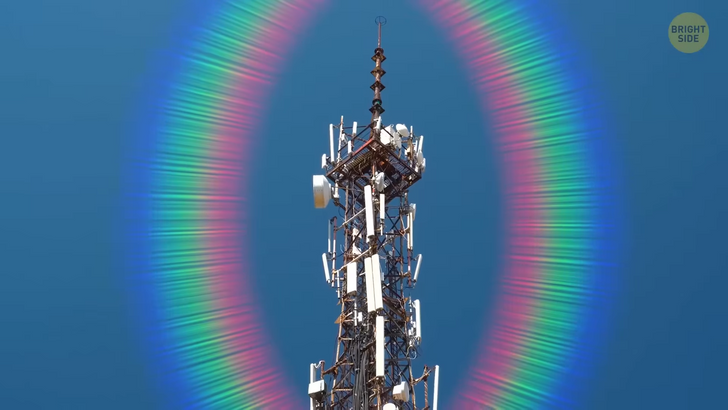
Isaac Newton’s experiment proved that a color is just a wavelength of electromagnetic radiation. Have I just complicated things more instead of clarifying them? These big words may sound scary, but the concept is actually quite simple. For instance, radio waves are another example of electromagnetic radiation. X-Rays, obviously, are an example of that, too. Our eyes just can’t perceive the wavelength of these phenomena. Imagine if you could see radio news flying by while you were trying to get some work done. It’s best we can’t see it all, that’s for sure.
But our eyes can and do perceive color wavelengths. For instance, violet has the lowest wavelength — about 380 nanometers. And red has the longest wavelength of them all — up to 740 nanometers. Yet, if it was that simple, then optical illusions wouldn’t really exist. Our eyes play tricks on us and make us see things differently than they are in reality. (We all remember the blue dress vs. white dress hullabaloo, don’t we?) Take a look at this image.
It seems like there’s a moving square that’s changing colors, right? What shades do you see? Gray? Then pink? It might look that way. But in reality, the square doesn’t change color at all. The creator of this illusion is Japanese psychologist and artist Akiyoshi Kitaoka. According to him, what we perceive as different colors is our brain trying to predict the color of the square in relation to its surroundings. Let’s review some eye-natomy real quick.
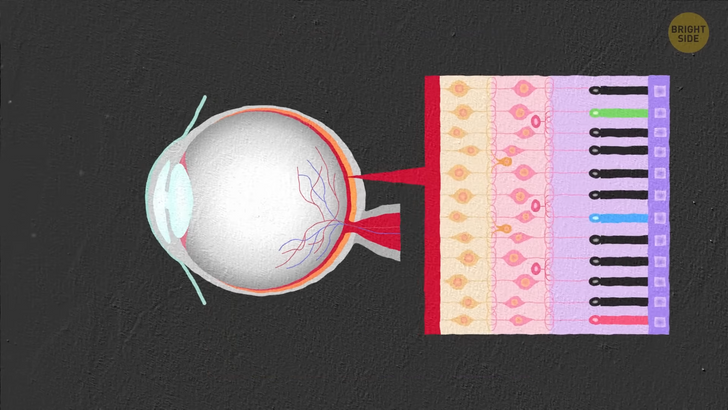
At the back of your eye, in the retina, there are special photoreceptor cells called cones. These cones are the ones that absorb photons — tiny units of light. This process only helps us see something because the cones send electrical impulses down our optic nerves — which are an extension of our nervous system. You know, that fabric of spider-like neurons that communicate with one another electrically and make us humans live, breathe, and think.
Now, I’ve mentioned that there are infinite colors in the color spectrum, right? But people don’t have an infinite amount of different cones to perceive all those unique shades. We perceive color with the help of just three different types of cones. Here’s how it works: each cone is responsible for absorbing different wavelengths of light. Like three brothers that decided to work together, each one is responsible for its own visual function.
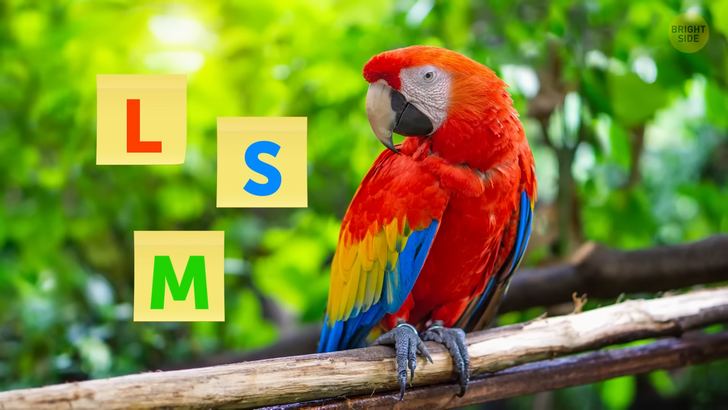
One cone is in charge of longer wavelengths, so it’s known as L. This buddy is sensitive to the more reddish colors of the spectrum, including yellow, a bit of green, and no blue at all. This means that if you’re in the jungle, looking at a Macaw, the L cone will help you see most of the bird, but it’ll need a little help from its brother S. S is the one that’s sensitive to shorter wavelengths — that’s the bluish part of the spectrum. Together with M, the third cone, your eyes and brain will perceive all of the colors of the Macaw.
Some people are born without all three cones. This is called color blindness. The most common color blindness is the inability to distinguish between red and green. But then there are also people born without the ability to distinguish the colors from the blue-yellow cone. Take a look at this image. Is there anything inside the dotted circle? If you’ve managed to distinguish the number 74, that means you’ve got all three cones.
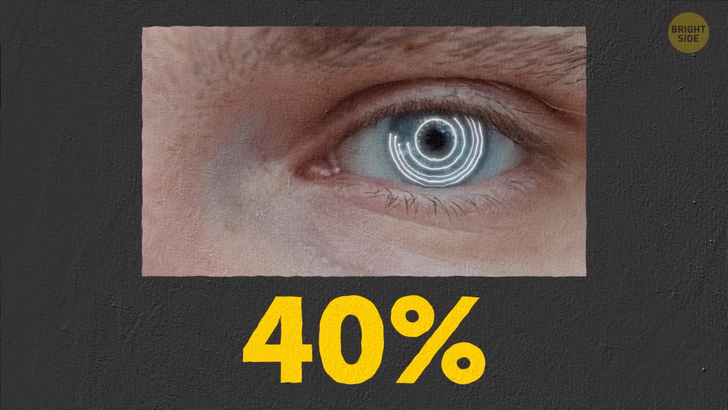
Sometimes, though, our eyes and brain get confused. Even if our brain is like a highly technological machine, some signals get entangled, and this creates gaps. Loopholes. Neuroscientists say that 40% of our brain is involved in vision. So when you look at something — like this bouncing beach ball right here — signals are sent to over 30 areas of your brain.
Each area is responsible for processing a different thing; color is just one of them! You also need to be able to detect motion and shape, but that’s stuff for another video. A lot of our perception of color has to do with our memories. Let’s revise a bit: our brain is like a highly technological machine — check. It serves as a database where we keep memories and registries of stuff like “a banana is yellow.” Check? Check. Why am I telling you this?
Because usually, we see stuff in different lighting. For instance, take a look at this studio image of a banana. Now take a look at this banana at twilight, when the lighting is dim. The banana changes its color, but we perceive it as yellow because we remember that “a banana is yellow.” Lighting was probably the reason why some people saw that infamous dress as white and others saw it as blue.
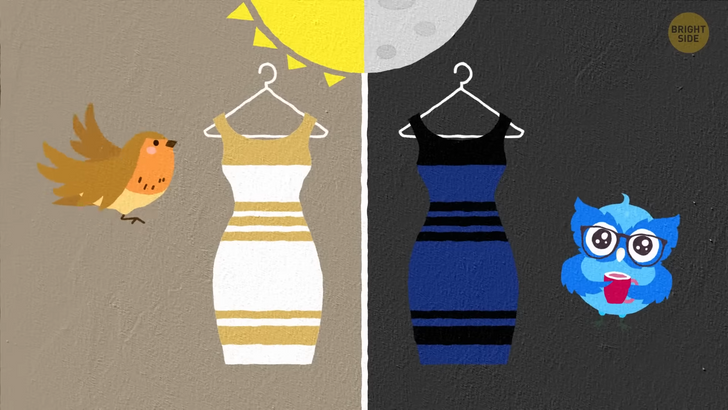
Let’s look at the science behind it. Pascal Wallisch, a neuroscientist at New York University, conducted an online survey with 13,000 people trying to crack the white-dress-blue-dress mystery. And he found out something absurdly surprising. The study showed that the difference between the two groups of people was linked to the time they fell asleep and woke up.
Night owls, or people who like sleeping and waking up late, were more likely to see the dress as black and blue. While larks, aka early birds, were more likely to see it as white and gold. “Why are these things connected?” you might ask. Early birds are people that spend more time in daylight than night owls. So when they look at that poorly-lit photo, they perceive it in the way they are used to seeing things on a daily basis.
In this case, they’re used to seeing things bathed in sunlight, so they assume that that’s what illuminates the dress. As a result, they perceive the dress as white and gold. The same happens with those who see it as blue and black. The main difference is that these people are used to artificial light since most of their waking hours happen during the night. Crazy, huh? We looked at a lot of complex concepts today.
But does it explain why an apple is often red, and an orange is orange? Well, if you are able to perceive an apple as red or a grape as purple, that’s because that color is the only one that is being reflected by the object. It happens like this: white light, which contains all colors, hits an apple. The apple absorbs all color wavelengths EXCEPT red. Let’s say the apple rejects the color red. It reflects it outward, and that’s what our eyes perceive. Cool, huh?


